#prehistoric fish fossil
Explore tagged Tumblr posts
Photo

Fish Vertebra Centrum Fossil | Upper Cretaceous | Morocco | Authentic Fossil | Certified Specimen
This listing features a genuine Fish Vertebra Centrum Fossil, discovered in the Upper Cretaceous deposits of Morocco. Dating back approximately 100–66 million years, this fossil is a remarkable relic from a time when prehistoric seas teemed with diverse marine life.
The vertebra centrum is a key structural component of ancient fish anatomy, providing insight into their size, strength, and swimming capabilities. This well-preserved specimen showcases the natural texture and details of the vertebral column, making it an excellent addition for fossil collectors, educators, and enthusiasts of marine paleontology.
Fossil Information:
Species: Prehistoric Fish (Exact species unidentified)
Fossil Type: Vertebra Centrum
Geological Formation: Upper Cretaceous
Age: ~100–66 million years old
Location: Morocco
Size: Full sizing provided in photos
Preservation: Excellent natural preservation with visible structural details
Key Features:
✔ Authentic Upper Cretaceous Fish Vertebra Centrum
✔ Collected from Morocco’s renowned fossil beds
✔ Natural details revealing ancient fish anatomy
✔ Perfect for Collectors, Museums, and Educational Displays
Authenticity & Certification:
All of our fossils are 100% genuine specimens and come with a Certificate of Authenticity. The fossil shown in the photos is the exact specimen you will receive.
Why Buy From Us?
This fossil is part of the prestigious Alice Purnell Collection, one of the largest and most respected fossil collections in the world. We specialize in high-quality, museum-grade fossils, perfect for collectors, educators, and researchers.
🐟 Own a piece of prehistoric marine history—add this Fish Vertebra Centrum Fossil to your collection today!
#Fish Vertebra Centrum#Cretaceous Fossil#Upper Cretaceous Fish Fossil#Moroccan Fossil#Ancient Marine Life#Prehistoric Fish Fossil#Fossil Vertebra#Natural History Fossil#Fossil Collection#Authentic Fossil Specimen#Certified Fossil#Fossils for Sale#Museum-Grade Fossil#Marine Fossil Morocco
0 notes
Text
Hedgehog-crab

Hedgehog Crab (Derilambrus angulifrons)
This spiky little crustacean belongs to the Parthenopidae family and is found in the deep waters of the Pacific Ocean.
Its spiny shell helps it blend in with rocky environments, offering protection from predators.
Despite its cute appearance, this crab is a skilled scavenger, feeding on small invertebrates and organic debris!
#crab#animals#sea#ocean#holiday season#waves#coast#seascape#cliffs#from the river to the sea palestine will be free#marine life#marine biology#marine art#fossil fish#fossilized tooth#prehistoric#eocene period#marine automation#marine animal#fossil tooth
5K notes
·
View notes
Text

Coelacanth Sketch
Idea for a possible traditional canvas painting that I may try paint soon
#my art#sketch#brainstorm#coelacanth#ancient fish#marine#fish#prehistoric#Thinking of doing some irl canvas paintings based on prehistoric fish/molluscs maybe so this is me just sketching some ideas#digital art#art#living fossil#they are such cool fish
759 notes
·
View notes
Text
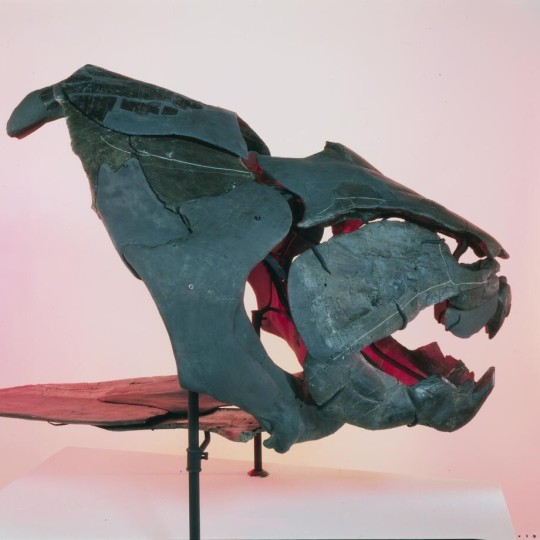
Don’t mess with this fish! For Fossil Friday, let’s meet Dunkleosteus terrelli. It lived some 360 million years ago during the Devonian. Scientists think it was one of the first large jawed vertebrates in the ocean and an aggressive predator. The razor-sharp edges of bones in its jaws served as cutters, and as they rubbed against each other, the opposing jaw blades acted like self-sharpening shears. These bones continued to grow as they were worn down by use.
This specimen, on display in the Museum’s Hall of Vertebrate Origins, was found in Ohio. Spot Dunkleosteus and other prehistoric animals at the Museum! Plan your visit.
Photo: Image no. ptc-5861 © AMNH Library
#science#amnh#museum#fossil#nature#natural history#animals#fact of the day#did you know#fish#fossil friday#fossil fish#prehistoric#devonian#museums#american museum of natural history#museum of natural history#natural history museum#paleontology
711 notes
·
View notes
Text
Coelacanths are so cool, I wish they were rea- wait a minute
#imagine being a coelacanth enjoyer in 1938 and finding out that your favourite prehistoric fish is still alive and kicking#i would've gone crazy#coelacanth#coelacanths my beloved#coelacanth memes#prehistory#prehistoric#prehistoric sea creatures#living fossil#living fossils#memes#the insomniac archives
737 notes
·
View notes
Text
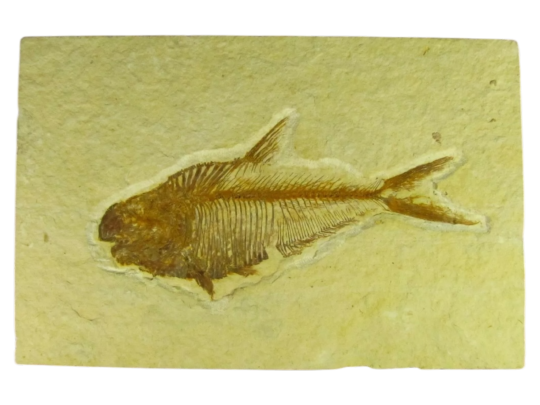
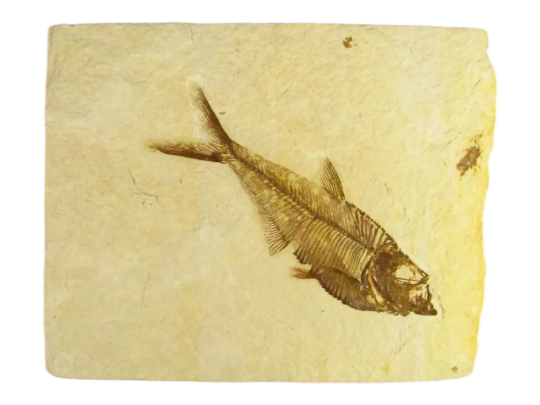
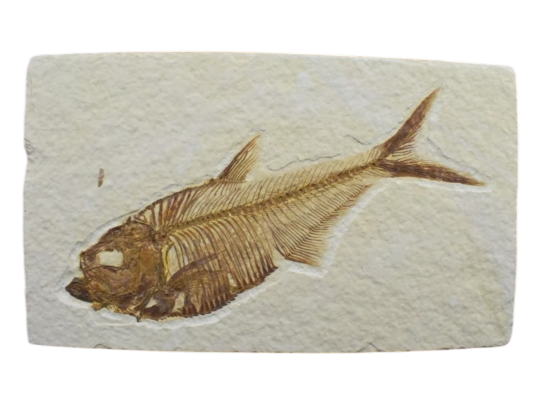
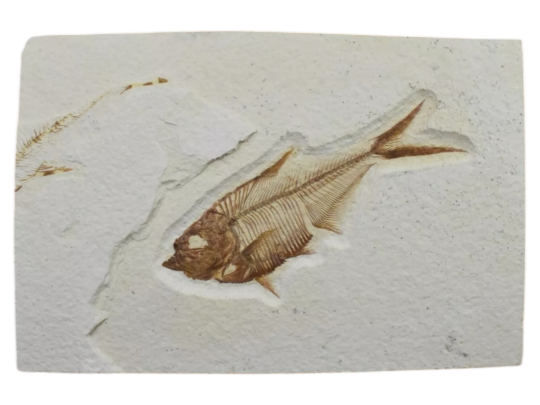
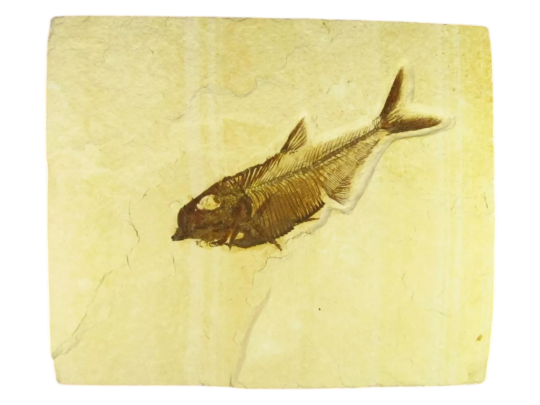

Diplomystus dentatus Fossil Fish Green River Formation Wyoming
#diplomystus#wyoming#fossil#ocean fossil#fossils#fish fossil#fossil fish#fish#fishblr#png#transparent#ebay#paleontology#paleoblr#prehistoric
118 notes
·
View notes
Text

A partial Cretaceous coelacanth jaw of an Axelrodichthys lavocati from the Kem Kem Group in Hassi Zguilma, Morocco. This species of mawsoniid coelacanthiform was formally, and may still be, assigned to the genus Mawsonia. These giant lobe-finned fish were likely a vital food source for the larger piscivorous predators in the deposit such as Spinosaurus, Sigilmassasaurus, and Elosuchus.
#fish#coelacanth#fossils#paleontology#palaeontology#paleo#palaeo#axelrodichthys#mawsonia#mawsoniidae#cretaceous#mesozoic#prehistoric#science#paleoblr#fossil friday#fossilfriday#アクセルロディクティス#マウソニア#シーラカンス#化石#古生物学#マウソニア科
121 notes
·
View notes
Text

The following is a digital doodle of a Allenypterus that I made. I did this as practice, I hope y'all like this drawing of this prehistoric Coelacanth.
#allenypterus#coelacanth#prehistoric#fish#paleoart#paleontology#artist#artists on tumblr#digital art#art#animals#living fossils#fossil fish#digital artist
94 notes
·
View notes
Text

This ancient fish was bigger than a whale shark—and faster than scientists ever imagined
Leedsichthys problematicus could overturn the bony fish paradox
Scientists have long struggled to explain why bony fishes are so small: The heaviest—the ocean sunfish—is just 2.3 metric tons, but cartilaginous fishes like whale sharks can weigh up to 34 metric tons. Now, a new study of an ancient giant suggests this modern difference is merely an evolutionary accident. Bony fish, which make up some 95% of all fish species, might be constrained by their metabolism according to one argument. Larger animals generally have to make do with less oxygen per gram of tissue; because bony fish seem to have higher metabolic requirements than sharks, it might simply be impossible for them to grow much larger than the ocean sunfish. Enter Leedsichthys problematicus. The extinct fish—thought to be the largest on record—lived about 165 million years ago in Europe and South America. It grew to at least 16.5 meters in length and might have weighed 45 metric tons, which means it was larger even than today's whale shark...
Read more: https://www.science.org/content/article/ancient-fish-was-bigger-whale-shark-and-faster-scientists-ever-imagined
116 notes
·
View notes
Text


Trident Walliserops fossils.
These fossils come from a pre-historic animalia within the species of trilobite's. Spinose phacopid trilobite's, of the family Acastidae. This is one of other trilobite's which have back spines that exude upwards. This is also one among others like it in particular that stand out as they have their nose-like appendage exuding from its front-side facial carapace.
─────��──────────────────────────────────────
⇾ Follow my page for more epic, silly and boomblu content; share so I can grow if you wish, and come visit my other socials at my Linktree [Just click the word Linktree, it's hyperlinked :)]. ⇽
Check out the rest of my posts too!!! A lot of them are underrated. ;o Like everything you find interesting if you want. :3 Remember, you can find all of my socials here (click the word [here], it's hyperlinked (���◕‿‿◕。) For the plain link; here it is: https://lynkfire.com/Gliphel&Glyph%20LLC%20Incorperated Also; if you prefer Linktree, it's here.
#fossil#fossils#paleontology#paleoblr#evolution#prehistoric#prehistoric life#dinosaur#palaeoblr#trilobite#trilobite fossil#ancient#ancient animal#aquatic#aquatic life#sea creatures#marine#marine biology#marine life#fish#sea animals#sea life#ocean
206 notes
·
View notes
Text
March Madness Round 2 Bracket 3
Welcome back to another day of March Madness. Let's see who made it through to compete today! Our first competitor is the giant ray-finned fish Leedsicthys problematicus! As you can gather from its name, it is is found in Great Britain but has also been found in France, Germany and Chile in early to middle Jurassic-aged rocks.

It is going up against Lisowicia bojani the giant dicynodont. Lisowicia lived in Poland during the Late Triassic. This explains why I find it difficult to say.

#paleontology#fossils#geology#science#science education#march madness#poland#england#prehistoric fish#dicynodont#late triassic#jurassic period
8 notes
·
View notes
Photo

Aetobatus irregularis Fossil Ray Plate | Lower Eocene | Bracklesham Bay Sussex UK | Authentic Fossil with COA | Alice Purnell Collection
Aetobatus irregularis Fossil Ray Plate | Lower Eocene | Bracklesham Bay, Sussex, UK
Step back in time to the Lower Eocene Epoch with this exquisite Aetobatus irregularis Fossil Ray Plate, a testament to ancient marine ecosystems that thrived around 56 to 47.8 million years ago. Discovered in the fossil-rich strata of Bracklesham Bay, Sussex, UK, this rare specimen is part of the prestigious Alice Purnell Collection, one of the largest fossil collections globally.
Geology & Fossil Information:
Species: Aetobatus irregularis (Eagle Ray)
Fossil Type: Ray Plate
Geological Period: Lower Eocene (Ypresian Stage, ~56 - 47.8 million years ago)
Location Found: Bracklesham Bay, Sussex, United Kingdom
The Aetobatus irregularis is a member of the eagle ray family, known for its distinctive, flat body and broad dental plates adapted for crushing hard-shelled prey such as mollusks and crustaceans. This fossilized ray plate showcases the complex dentition that highlights the evolutionary sophistication of this ancient species.
Key Features:
100% Genuine Fossil Specimen
Includes a Certificate of Authenticity
From the prestigious Alice Purnell Collection
Actual specimen shown – Scale rule squares/cube = 1cm (full sizing available in the photo)
This fossil is perfect for collectors, educators, and enthusiasts of paleontology and natural history. The provided photograph depicts the exact specimen you will receive, ensuring complete transparency and authenticity.
Secure this rare Eocene fossil today and own a remarkable piece of prehistoric marine life!
#Aetobatus irregularis Fossil#Fossil Ray Plate#Eocene Fossil#Lower Eocene Fossil#Bracklesham Bay Fossil#Sussex Fossil#UK Fossils#Genuine Fossil#Fossil with Certificate#Alice Purnell Collection#Rare Eocene Fossil#Paleontology Collectible#Fossil Collector Item#Natural History Fossil#Fossil Ray Teeth#Marine Fossil#Prehistoric Fish Fossil
0 notes
Text
Gulper eel - Why is bro lowkey adorable

Gulper Eel (Eurypharynx pelecanoides)
This deep-sea oddball belongs to the Eurypharyngidae family and is found in the dark depths of the ocean, typically between 1,600 and 10,000 feet deep.
Its massive, expandable mouth allows it to swallow prey much larger than itself—like a pelican, earning it the nickname "Pelican Eel."
Despite its eerie appearance, it’s a fragile, soft-bodied creature that relies on its bioluminescent tail to attract prey in the pitch-black deep sea.
#fossil fish#fossil tooth#eocene period#fossilized tooth#space marines#marine life#marine biology#prehistoric#marine animal#eel#fish#fishes
36 notes
·
View notes
Text
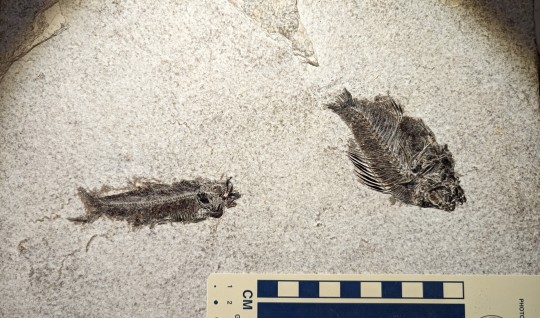
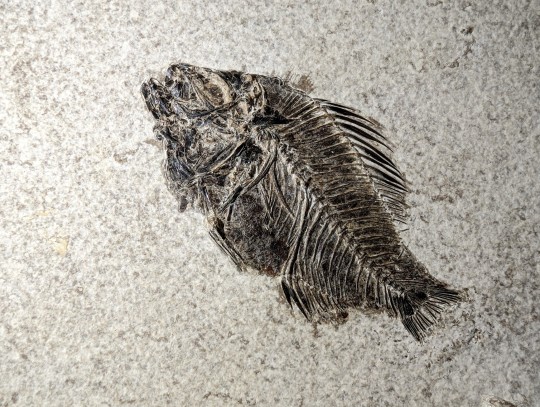

Juvenile Cockerellites liops and Knightia eocaena
53 notes
·
View notes
Text
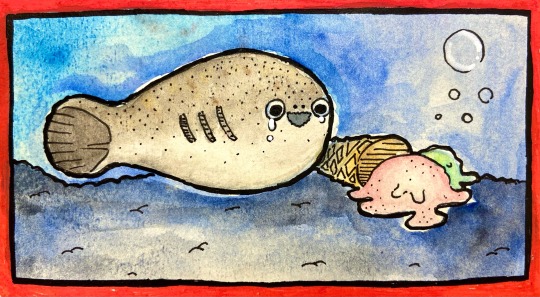
They dropped their Ice Cream…
#sacabambaspis#sacabambaspis janvieri#prehistoric fish#fish art#fish#paleontology#feesh#ice cream#fossils
112 notes
·
View notes
Text
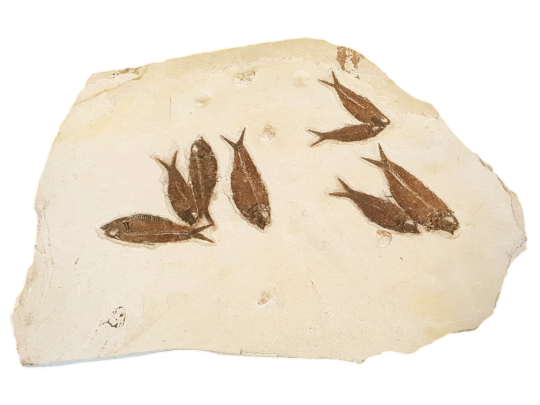
plate of 8 fossil fish specimens -Knightia eocena- Ypresian Wyoming USA
#knightia#fossil fish#fish fossil#fossil#fish#png#fossils#transparent#fossilized#paleontology#wyoming#paleoblr#prehistoric#fossil plate#mutli#fossil specimen
66 notes
·
View notes